
Photo by Carla Rich Montez.


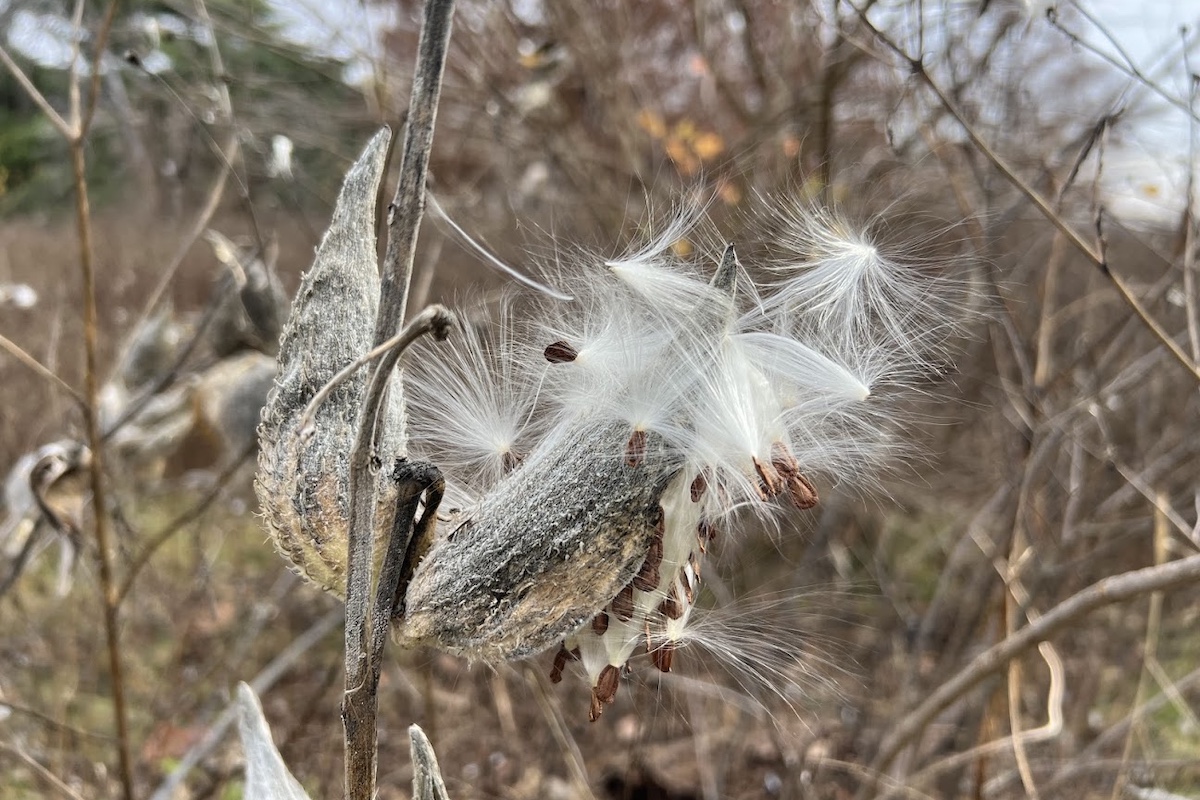
Photo by Carla Rich Montez.
In this issue, we continue our series highlighting the seasonal activities* of some of Illinois’ most iconic wildlife. Let us know what you’re seeing in your neck of the woods!
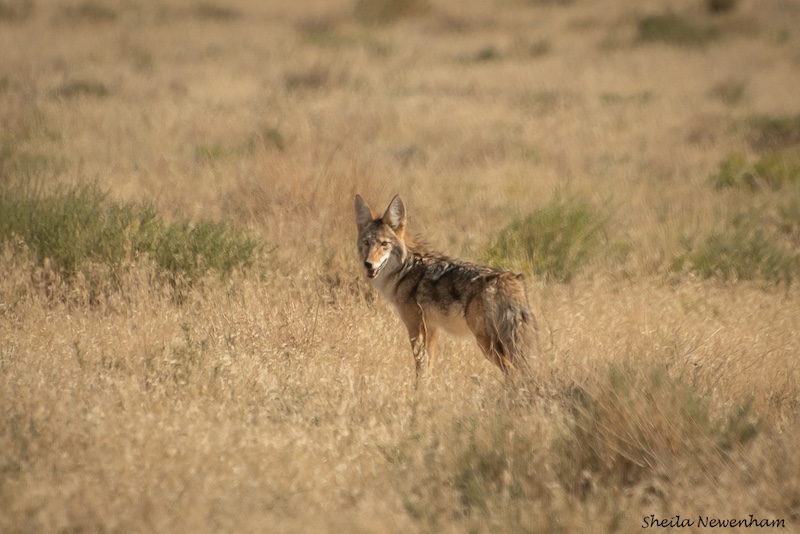
Shorter days and cooler temps signal to wildlife that it’s time to prepare for winter. Voles and mice tunnel under fallen leaves to dine on seeds and grass. Gray and fox squirrels bury tree nuts, chipmunks fill their cheeks with seeds they’ll store underground, and cottontail rabbits eat just about any plant that’s available. Aware of all this activity, coyotes, foxes, owls and hawks are hoping a careless creature will be their next meal. Below the ground, the woodchuck is hibernating in its den, and eastern moles are burrowing deeper to find warmer soil.
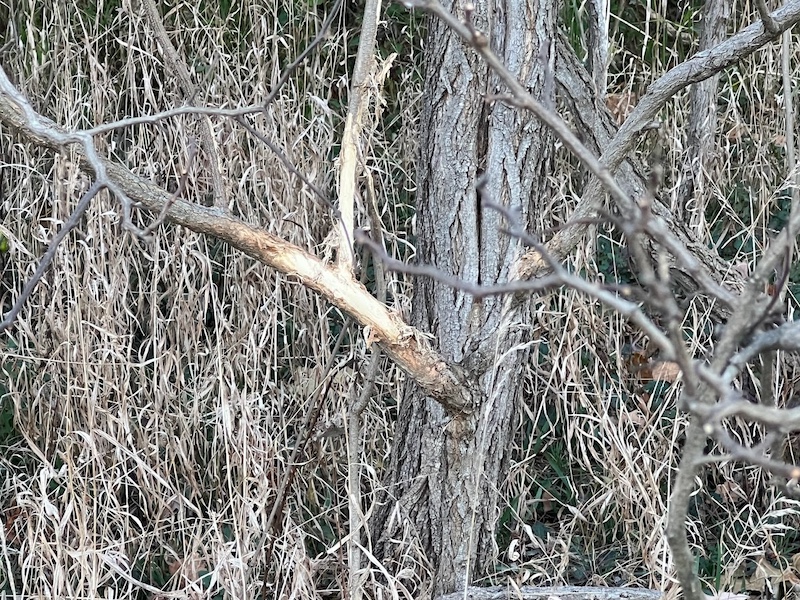
Notice the coat of the white-tailed deer. It has changed from its red summer color to the gray-brown coat of fall and winter. And be alert for distracted deer when you’re driving. This month is the rut, the peak of the breeding season for white-tailed deer.
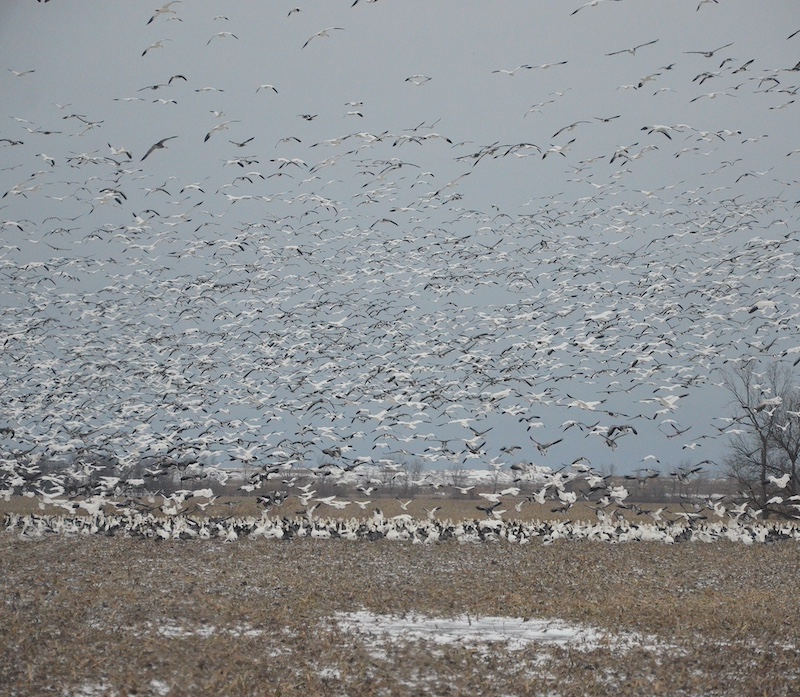
Overhead, migration is still in full swing for ducks like mallards, canvasback and lesser scaup while on the ground, flocks of snow geese and Canada geese stopover to dine on grain spilled during harvest. In the trees, listen for the courting calls of the great horned owl (“Hoo-h’HOO-hoo-hoo”).
Insects seem to have disappeared, but they are simply overwintering in their various states: eggs, pupae, larvae, adults. They’ll spend the winter in tree cavities, building crevices, in the leaf litter or in the soil. In the bare treetops, the colony of bald-faced hornets is no longer active, so it has abandoned the gray paper nest that is now visible. Meanwhile, honeybees are deep in their hives where they can stay warm.
In the water, beavers and muskrats are actively improving their underwater lodges while fish like bass, crappie and bluegill are mostly lethargic in deeper water. Channel catfish remain somewhat active in rivers.
Little brown bats migrate; young male turkeys form all-male flocks while females with chicks form family groups with other females; crow migration peaks; snakes, turtles and frogs enter brumation, a state of inactivity where their metabolism slows until the temperatures warm.
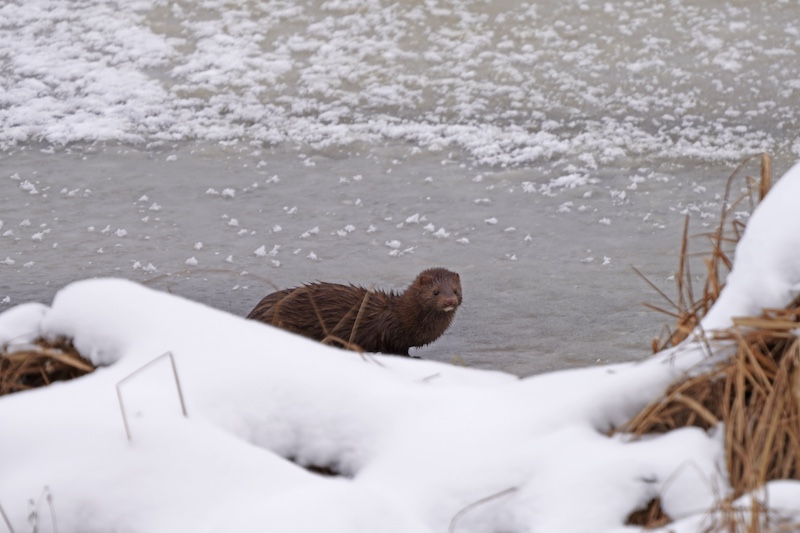
Mild weather encourages feeding by most mammals, especially white-tailed deer who browse in groups. But when the snow and cold arrive, some creatures are less visible. Raccoons, rabbits, skunks and squirrels stay in their dens where they are protected from the cold. With their prey now holed up, foxes, coyotes and raptors are challenged to find food.
At the water’s edge, beavers, river otters and minks forage for tree branches and bark. Notice their chutes on the muddy bank where they slide into the water to reach their underwater dens. There, they eat from their caches.

Backyard feeders are now full of birds like cardinals, titmice, chickadees, downy and hairy woodpeckers and nuthatches. Ducks and geese still concentrate in open water while bald eagles congregate near dams to catch dazed fish.
Ice is forming on some rivers and lakes which brings out anglers in pursuit of game fish like bluegill and crappie. Otherwise, December is a time when fish are rarely seen. Their metabolism has slowed, and they are staying in deep water where the temperatures are stable.
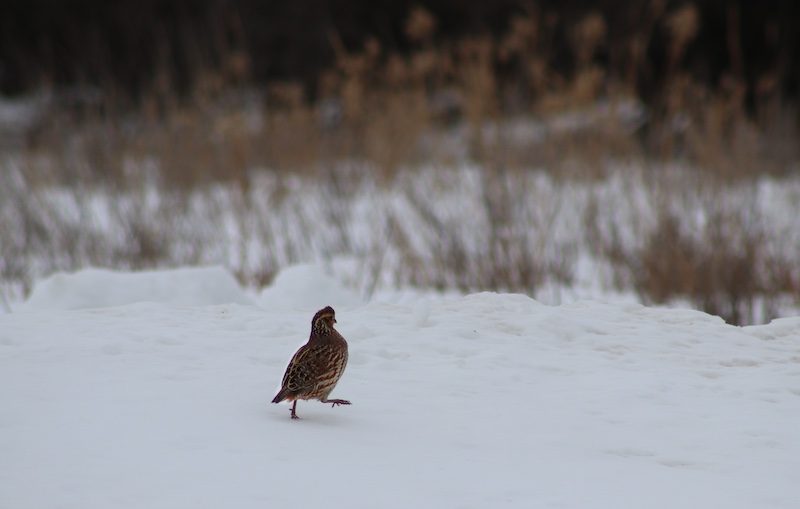
Gray squirrels, raccoons and red foxes begin breeding; bobwhite quail establish winter territories; hibernating woodchucks become the favorite food for badgers.
It’s a lean time. Though most mammals are still hunting and foraging, many rely on their fat reserves and food caches to tide them over. January is also an active breeding season with mating done by river otters, beavers, coyotes and opossums.
In the avian world, Canada geese arrive from the south, and cardinals begin their spring songs. Along roads, red-tailed hawks perch in trees watching for mice and voles.
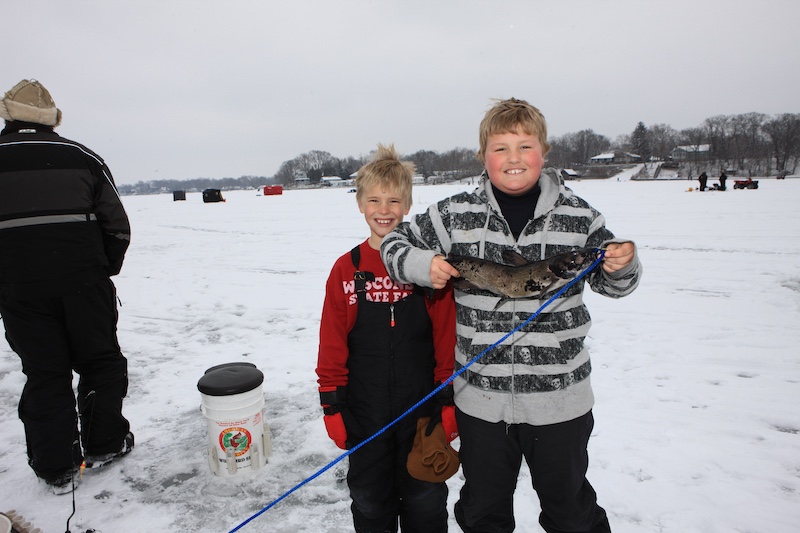
Underwater, fish are in cold dormancy. Ice fishing anglers will find them deep in frozen ponds and lakes.
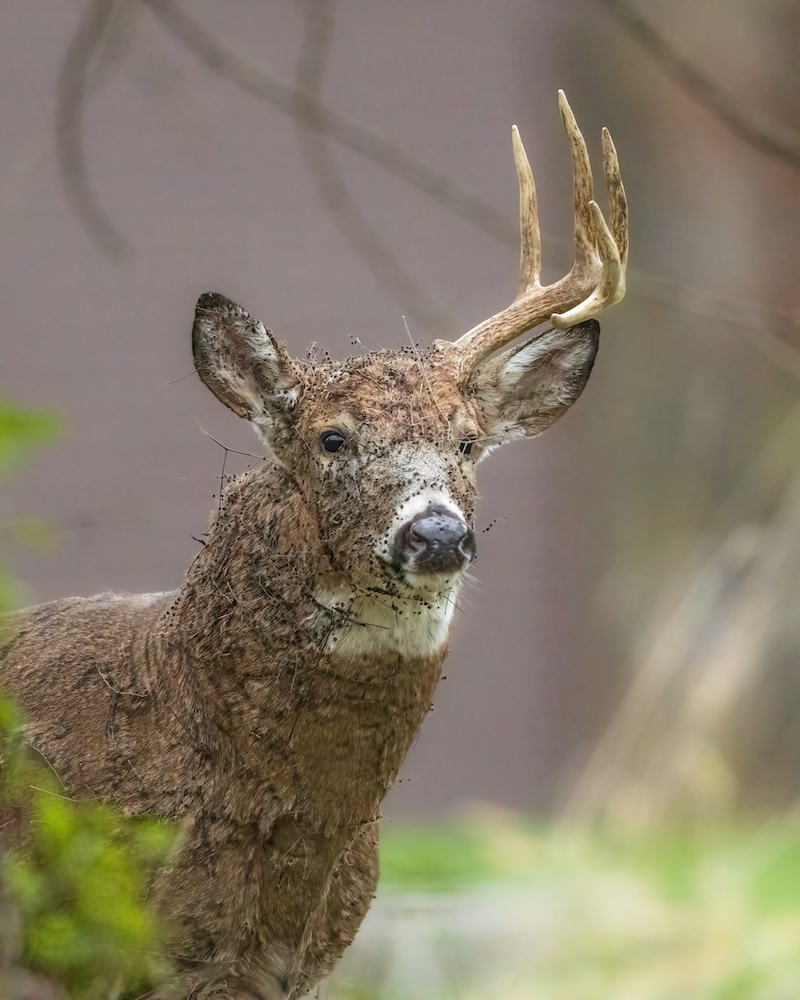
Wild turkeys segregate into flocks of females (hens), adult males (gobblers) and juvenile gobblers (jakes); rabbits and quail find cover in fencerows and thickets; great horned owls incubate eggs; river otter pups are born; mature white-tailed bucks begin shedding their antlers; barred owl pairs exchange mating calls (“Who cooks for you? Who cooks for you all?”).
*Some of the events reported in this story may occur at your location at different times than those indicated in the story. This can be explained by the variation in latitude between Illinois’ northern and southern borders, an area which represents about a two- to three-week difference in the timing of natural events.
In this story, the seasonal activities reflect those observed primarily in the central part of the state.
Carla Rich Montez is an outdoor writer living in Peoria County. She is a regular contributor to OutdoorIllinois Journal.
Submit a question for the author